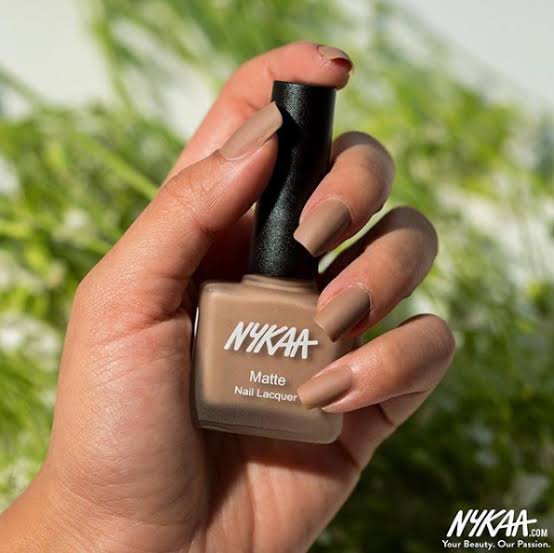The development of longer-lasting polish processes has changed the nail polish market in recent years. We are frequently asked as dermatologists about the impact of these various products on nails. We’ll go over the different types of polish and weigh the benefits and drawbacks of each with an eye toward nail health and safety.

Nail polish in the traditional sense
Classic nail polish is applied to the nail plate in many coats and then allowed to dry naturally. Nail polish is a polymer that has been dissolved in a solvent. The solvent evaporates and the polymer solidifies during the drying process. “Hybrid” polish is comparable to ordinary polish in that it is applied and removed in the same manner as regular polish.
Pros:
An acetone-based nail polish remover was used to quickly and easily remove the polish. Because acetone is abrasive, drying, and destructive to the nail plate, skin, and cuticles, shorter contact time may mean less damage.
Cons:
Some nail colours, particularly darker ones, might cause nonpermanent discolouration.
Nail polish that is “non-toxic”
When it comes to cosmetics, deciphering the term “non-toxic” might be challenging. The term “five-free” is widely used in the context of nail polish. Five-free polishes are those that don’t include formaldehyde, toluene, dibutyl phthalate, formaldehyde resin, or camphor, to name a few. There are additional brands that claim to be free of many chemicals, such as 7-free or 10-free.
Formaldehyde is a preservative that has been identified as a possible cancer-causing chemical by the National Cancer Institute. It’s also one of the most common causes of allergic contact dermatitis. Allergic contact dermatitis can also be caused by formaldehyde resin, dibutyl phthalate, and toluene. Camphor is an oil that has long been used as a topical treatment for a variety of ailments, but it also possesses medicinal properties.
Studies have shown that chemicals in nail polish can be absorbed into the body. But the exact amount of absorption, and whether it is enough to have negative health effects, are not well established.
Pros:
Contains fewer ingredients that can induce contact dermatitis; may be an excellent alternative for persons with sensitive skin.
Cons:
There isn’t enough evidence to say whether the chemicals left out of non-toxic polishes are damaging to your health at the level seen in standard nail lacquer.
The verdict: For people who want to avoid some chemicals in traditional polish, this could be a suitable alternative, though the health advantages are unknown.





